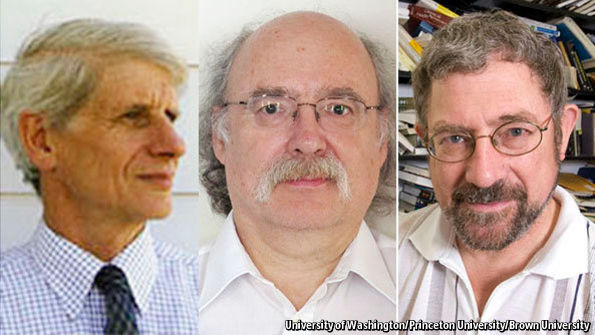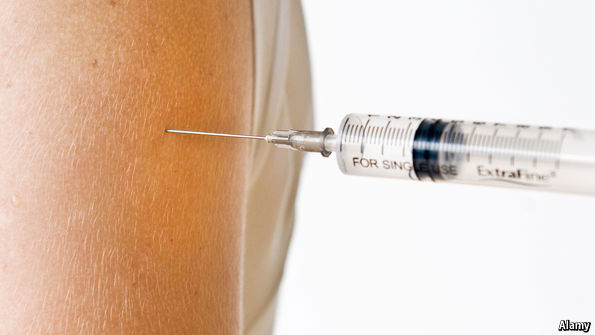Greying

Alfred Nobel’s fortune should, according to his will, endow “prizes to those who, during the preceding year, shall have conferred the greatest benefit to mankind”. But the committees that select the recipients of Nobel prizes often pick discoveries made, or books written, decades earlier. Partly as a result of that, winners’ ages have been inching steadily upwards. Since 2000 only 8% of those winning prizes in chemistry, physics and medicine have been under 50. This compares with 36% of those who received awards in those subjects in the 20th century. As of 2015 (the 2016 award had not been made when The Economist went to press) no one under 50 has yet won the economics prize—though this is not a real Nobel prize, and is therefore not covered by the will’s prescriptions. The peace prize is the lone exception to the trend. Its recipient in 2014, 17-year-old Malala Yousafzai, is the youngest Nobel laureate ever.
Source: Economist










